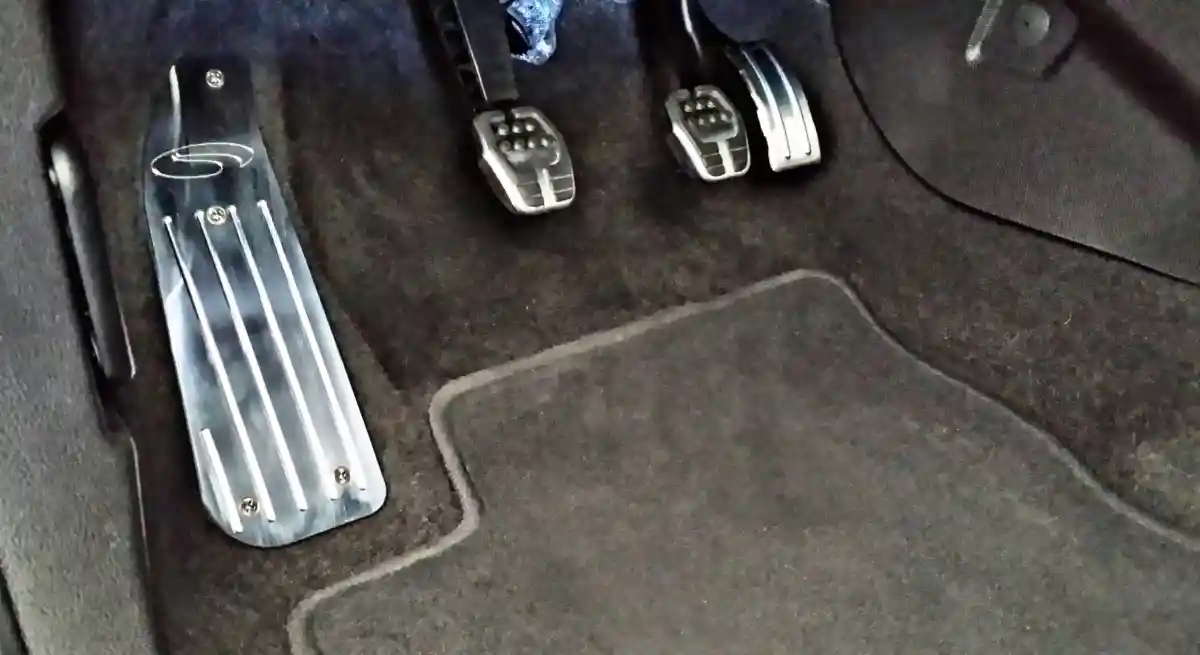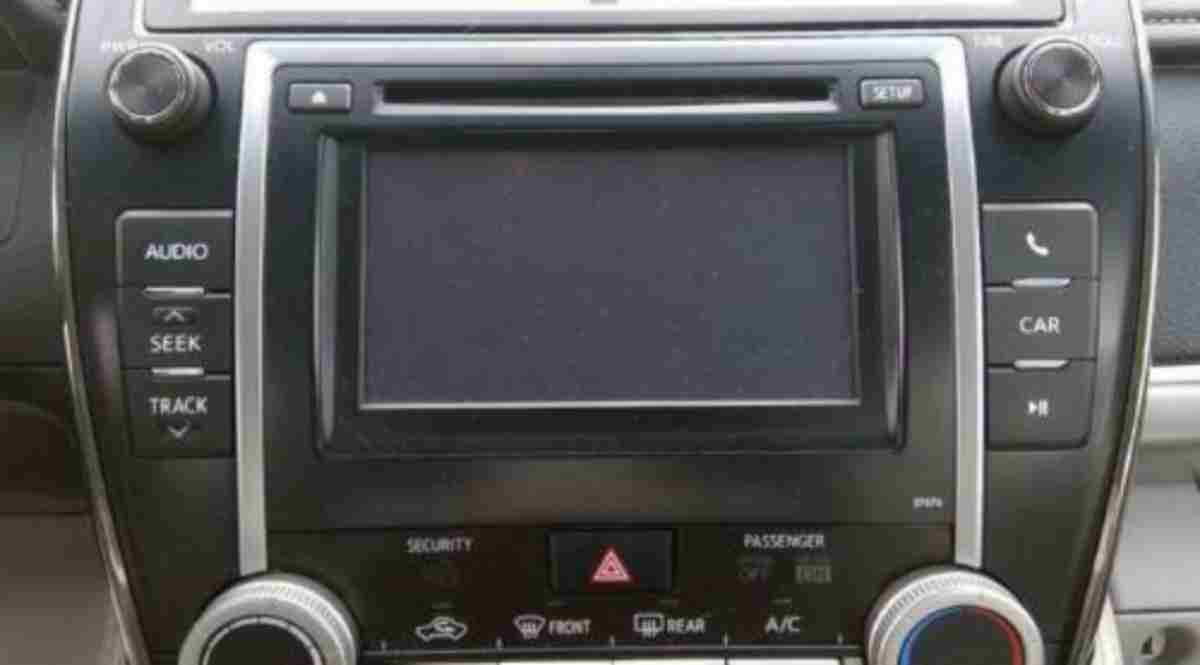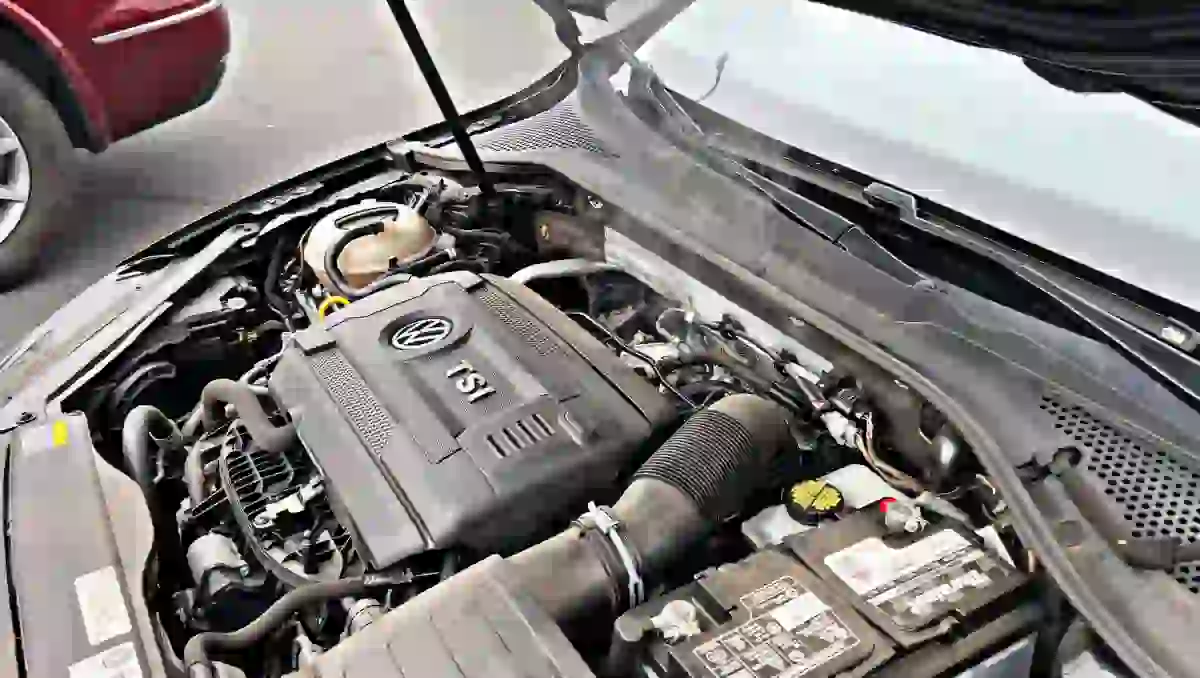In a time when cars are getting better and better, drivers want a great driving experience that includes easy and smooth acceleration. But a common problem that can hinder smooth acceleration is the throttle lag. Fortunately, you can eliminate throttle lag and improve throttle response.
This article endeavors to equip you with an in-depth understanding of the problem and guide you through an array of solutions, to attain the immediate throttle response you crave, ultimately elevating your driving experience to new heights.
How to eliminate throttle lag

Before we discuss the effective strategies for getting a better throttle response, understand that a throttle lag occurs when the engine doesn’t respond right away when you press the throttle. This is a common annoying problem. That said, below are the ways to eliminate throttle lag:
1. Check the air intake system
The air intake system is one of the most important parts to check if you intend to eliminate throttle lag.
The throttle lag is usually caused by a clogged air filter, a small air intake, or a bad air mass sensor.
You can improve throttle response or your car’s acceleration response by replacing the air filter, putting in a high-flow air intake system, or fixing the air mass sensor, if it needs it.
2. Improve the exhaust system
Improving the exhaust system is another way to eliminate throttle lag. For many car owners who do not know this, throttle lag is also caused by an exhaust system that makes it hard for the engine to breathe.
Therefore, installing a high-flow exhaust system can certainly improve throttle response or your vehicle’s acceleration response.
3. Change the throttle sensitivity
Many cars let you change the throttle sensitivity, which can help eliminate throttle lag. The throttle sensitivity adjustment allows you to make the engine more responsive to throttle input, reducing the delay in acceleration response, and thereby eliminating throttle lag.
This adjustment can be made through the vehicle’s onboard computer or with a performance chip. As long as you fine-tune the engine’s performance to your driving style through throttle sensitivity adjustment, you can experience a more responsive and smoother acceleration response.
However, be mindful of over-adjusting the throttle sensitivity, as it can lead to an overly sensitive throttle, which can pose a danger. Before making any modifications, it’s advisable to consult with a professional mechanic or dealership to make sure the adjustments are appropriate for your vehicle and won’t cause harm.
4. Install a high-performance spark plug
Install high-performance spark plugs to ensure that the fuel in your engine’s cylinders gets a stronger and more consistent spark, which helps the fuel burn more efficiently.
In addition, since the engine is responsive to throttle input, this better combustion can help eliminate throttle lag and improve throttle response.
Also, high-performance spark plugs can save you money on fuel, give you more horsepower, and give you more torque, all of which improve the overall performance of your engine. High-quality spark plugs can aid fuel efficiency improvements of between 1% and 3%, says Denso Europe experts. This may not seem like much, but can quickly add up over a year, two years, or the lifetime of the car.
5. Clean or replace the throttle body
The throttle body controls the amount of air that enters the engine. If it is dirty, it can cause throttle lag. So, it is recommended to often clean the throttle body or replace it to improve the throttle response or your vehicle’s acceleration response.
6. Upgrade the fuel system
Upgrading the fuel system can also help eliminate throttle lag. A high-performance fuel system ensures the engine has the fuel it needs to perform optimally.
This can be done by installing a high-flow fuel pump, larger fuel injectors, or a performance fuel management system.
7. Remap the engine control unit (ECU)
The engine control unit (ECU) is the computer that controls the engine’s performance. Remapping the ECU directly changes things such as the throttle sensitivity, the air-to-fuel ratio, and the timing of the ignition. All of the following help to eliminate throttle lag and improve throttle response.
8. Install a performance chip
A performance chip is a device that connects to the onboard computer of the vehicle and lets you change the performance parameters of the engine.
By making the throttle respond faster and adjusting other engine performance parameters, a performance chip can help eliminate throttle lag and improve throttle response.
9. Use a throttle response controller
A throttle response controller is a device that is attached to the gas pedal of a car and usually comes with a remote that can be used to change the settings.
It can help eliminate throttle lag by making a direct connection between how hard you push on the pedal and how much power is sent to the wheels, so there is no delay in acceleration.
10. Tune the engine
A custom engine tune can have a significant impact on eliminating throttle lag. A professional tuner can modify the engine’s parameters, such as air/fuel ratios, ignition timing, and idle speed, to improve throttle response and provide smoother and quicker acceleration.
11. Fix the throttle cable
Worn or stretched throttle cables can slow down throttle response. So, it is recommended to replace the throttle cable with a high-performance unit to not only eliminate throttle lag but improve throttle response.
12. Reduce weight
Reducing the weight of your car can also eliminate throttle lag and improve throttle response.
Therefore, ensure to place lightweight components, such as a carbon fiber hood or lightweight wheels. It will certainly help to reduce the weight of the car and improve acceleration.
To eliminate throttle lag, it generally requires some knowledge and understanding of how your car works. As long as you follow these tips, you can improve throttle response and eliminate throttle lag.
What causes throttle lag?
A car experiences a throttle lag when there is a delay in acceleration after engaging the accelerator. This can happen in various driving scenarios, such as when you’re waiting at a red light or trying to pass a line of cars. If it seems like it takes forever for your car to pick up speed after pressing the gas pedal, it’s a sign of a throttle lag.
Well, the main causes why there is a throttle lag in your car are as follows;
1. Impeding fuel filter
When a car’s throttle response is sluggish, a professional mechanic will likely check the fuel filter first. The fuel filter’s job is to keep the engine from breaking down by getting rid of contaminants and making the fuel work better.
Supposing the fuel filter is clogged or dirty, it will slow the flow of fuel and make the car take longer to speed up and respond to the throttle. Depending on how the car is driven and how long it has been since it was last cleaned, the filter will have to be cleaned and used again or it may need to be replaced.
For example, cars that often drive on dirt roads or in dusty places will need to be cleaned or replaced more often than cars that mostly drive on regular roads. Finally, note that maintaining a clean fuel filter can improve throttle response and eliminate throttle lag.
2. Technology-related issues
Another factor that may cause throttle lag is the use of technological components rather than mechanical ones, such as a dirty fuel filter. A vehicle’s system is comprised of sensors and computer components that work together to ensure its functionality and efficiency.
The mass airflow sensor (MAF) plays a crucial role in acceleration by regulating the fuel-to-air ratio for proper combustion. If the MAF is malfunctioning, it can affect the acceleration rate, as the car’s computer will not measure the correct amount of fuel needed for quick acceleration.
Therefore, supposing you are facing more complex issues such as the MAF, it is best to consult with professional mechanics or technicians who specialize in throttle lag problems.
3. Under-utilized fuel efficiency
Finally, a vehicle’s engine or throttle response is naturally regulated. Certain conditions may cause the engine to adjust the acceleration rate to preserve its health or functionality. For example, if the car detects under-utilized fuel efficiency, it may limit acceleration.
This can be dangerous, especially when passing other vehicles. So, supposing you notice a lag in throttle response during acceleration, take your car to a mechanic for an inspection. Automotive specialists can offer various solutions, including upgrades to the throttle system, at different price points.
Is a throttle response controller worth it?
A throttle response controller can enhance your driving experience by providing improved throttle response. It does so by sending signals to the ECU (Engine Control Unit) to temporarily hold off certain actions while you press the accelerator pedal. This is because the controller recognizes your acceleration pattern and informs the ECU to wait before sending signals to the car.
But a throttle response controller may not be needed if your car already has a manual disconnect switch or something similar to control the throttle plate. These devices can already provide quicker response times. The exception to this is if you own a Mitsubishi car, in which case a throttle response controller might still be beneficial.
Cars with manual transaxles also have the option of switching to the neutral position when the engine is not in use instead of turning it off. Other modifications, such as new spark plugs, different gears, and clutches, can also improve throttle response. However, it is important to note that these upgrades can impact fuel economy as your car will consume more fuel during acceleration.
How much does it cost to improve throttle response?
The cost of improving throttle response can vary widely based on the car’s make and model and the chosen method. Here are some of the estimated costs of improving throttle response:
a. Throttle response controller
These can cost anywhere from $50 to $200, depending on the brand and features.
b. Manual disconnect switch
The cost of this can range from $30 to $100, based on the brand and installation complexity.
c. Spark plugs
New spark plugs can cost anywhere from $20 to $100 in 2025, depending on the type and brand.
d. Upgraded gears, clutches, and other drivetrain components
The cost of these upgrades can vary greatly, from a few hundred dollars to several thousand, depending on the complexity and extent of the modifications.
e. ECU Tuning
This involves remapping the engine control software to improve throttle response and can cost anywhere from $300 to $1,000 or more, based on the car’s make and model.
Frequently asked questions
Do all cars have throttle lag?
While throttle lag is more common in modern cars, not all cars experience it. Older cars tend to have a quicker throttle response, while modern cars experience slow throttle response, regardless of whether they are automatic or manual.
Do throttle controllers alleviate throttle lag?
For top-notch 4WD performance and optimized vehicle operation, you can eliminate throttle lag with the use of a throttle controller. These controllers enhance throttle response by modifying the signal sent to your vehicle’s Electronic Control Unit (ECU).
Do faulty spark plugs cause throttle lag?
Supposing your spark plugs are dirty or worn, it’s important to replace them as soon as possible, as they can lead to a sluggish throttle response.
These several strategies mentioned above should be followed properly if you intend to eliminate throttle lag and improve throttle response. But also keep in mind that the most effective way to eliminate throttle lag and improve throttle response will vary based on the specific car. Therefore, it is recommended to consult a professional mechanic or tuner for personalized advice.

![6 Reasons Your Car Accelerates on Its Own [Fixed] 6 Reasons Your Car Accelerates on Its Own [Fixed]](https://sanedriver.org/wp-content/uploads/2022/04/PicsArt_04-22-11.11.44.jpg)
